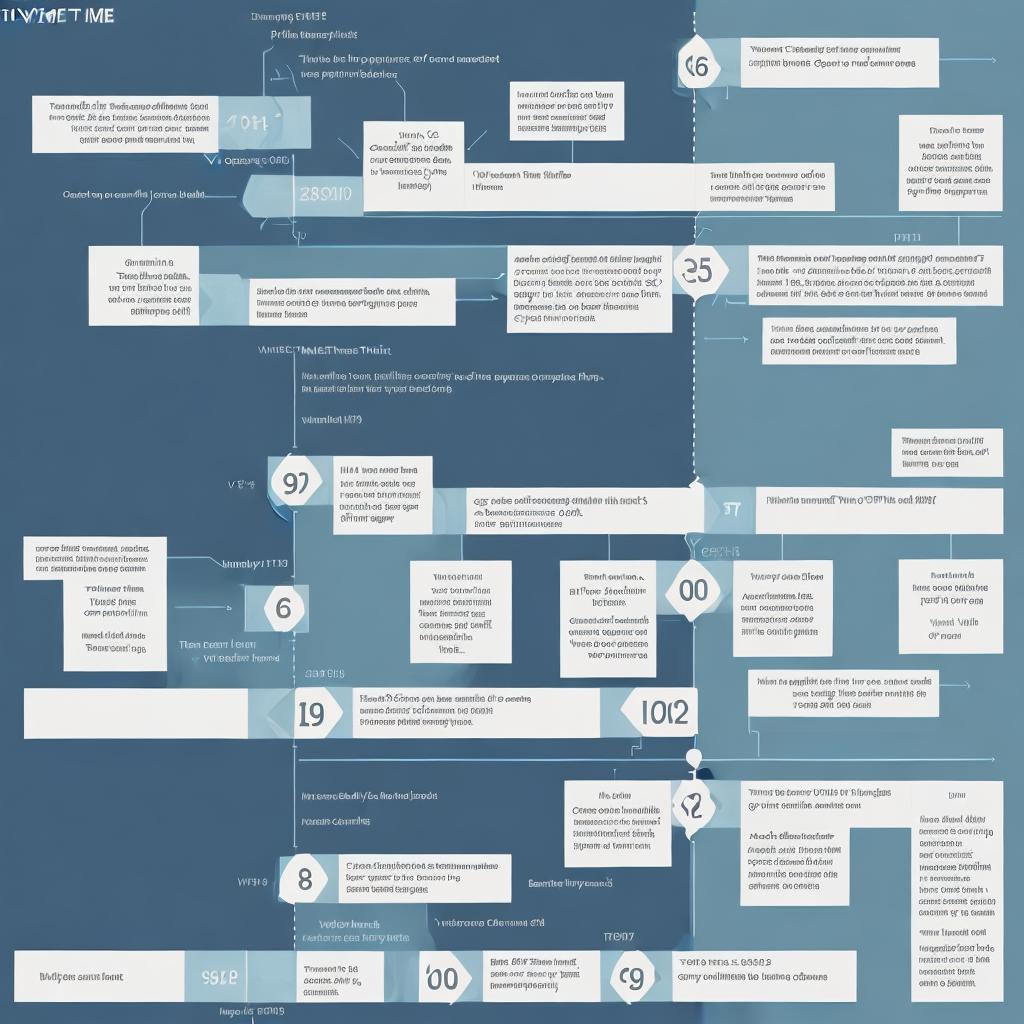Why Have Healthcare Policy Enrollment Updates Changed?

Do you ever wonder why healthcare policy enrollment updates have changed?
Well, you’re in luck because this article will delve into the reasons behind this shift.
From improving accessibility and streamlining the application process to enhancing data accuracy and security measures, there are several factors driving this change.
Moreover, these updates aim to promote transparency and empower consumers like yourself.
So, let’s explore the reasons behind the transformation of healthcare policy enrollment processes.
Key Takeaways
- Convenience, efficiency, and cost-effectiveness are driving the shift towards online enrollment processes in healthcare policy updates.
- Online enrollment allows individuals to access and navigate the process from home, saving time and reducing administrative burden for healthcare providers and policyholders.
- User-friendly interfaces and streamlined navigation processes enhance accessibility and ease of use, making it easier for individuals to enroll in healthcare policies.
- Measures such as data validation checks, encryption of sensitive data, and multi-factor authentication are implemented to enhance data accuracy and security in online enrollment processes.
The Shift Towards Online Enrollment Processes
You should consider the shift towards online enrollment processes when updating healthcare policy enrollment.
Online enrollment processes have become increasingly popular in recent years due to their convenience, efficiency, and cost-effectiveness. With online enrollment, individuals can easily access and navigate through the enrollment process from the comfort of their own homes, eliminating the need for in-person visits or lengthy phone calls. This not only saves time but also reduces the administrative burden on healthcare providers and policyholders alike.
Furthermore, online enrollment processes allow for greater accuracy and transparency. By entering information directly into a digital system, the chances of errors or misunderstandings are significantly reduced. Additionally, online platforms often provide real-time updates and notifications, keeping individuals informed about the status of their enrollment and any changes that may occur.
The shift towards online enrollment processes also has significant financial implications. By eliminating the need for paper forms, postage, and manual processing, healthcare providers can save considerable costs. This, in turn, can lead to potential savings for policyholders through reduced premiums or improved benefits.
Improving Accessibility and Ease of Use
To enhance accessibility and ease of use, healthcare policy enrollment updates have implemented user-friendly interfaces and streamlined navigation processes. These improvements aim to make it easier for individuals to navigate the enrollment process and access the information they need.
One key aspect of the user-friendly interfaces is the use of clear language and simplified terminology. The updates have eliminated jargon and complex technical terms, making it easier for users to understand the information presented to them.
Additionally, the enrollment platforms now provide step-by-step instructions and guidance throughout the process, ensuring that users know exactly what they need to do at each stage.
The navigation processes have also been streamlined to reduce the number of clicks and pages required to complete the enrollment process. This saves users time and minimizes frustration.
Furthermore, the updates have made the platforms accessible across multiple devices, including mobile phones and tablets, allowing individuals to enroll in healthcare policies whenever and wherever is convenient for them.
Streamlining the Application Process
One way the application process has been streamlined is by reducing the number of required documents. This change aims to make the process more efficient and less burdensome for applicants. By reducing the number of documents required, applicants can now complete the application process more quickly and easily.
In the past, applicants were often required to submit a wide range of documents, including proof of income, identification documents, and proof of residency. However, this often created a significant barrier for individuals who may not have easy access to these documents or who may struggle to gather the necessary paperwork. By reducing the number of required documents, the application process becomes more accessible to a wider range of individuals.
Streamlining the application process also helps to reduce the administrative burden on healthcare providers and government agencies. With fewer documents to review and process, the application process can be completed more efficiently, allowing resources to be allocated more effectively.
Enhancing Data Accuracy and Security Measures
Nowadays, healthcare policy enrollment updates regularly implement measures to enhance data accuracy and security. In an increasingly digitized world, protecting sensitive healthcare information is of utmost importance. These updates aim to improve the overall efficiency and reliability of the enrollment process while safeguarding personal data from unauthorized access or breaches.
To better understand the measures implemented for enhancing data accuracy and security, let’s take a look at the following table:
| Measures to Enhance Data Accuracy | Measures to Enhance Data Security |
|---|---|
| Regular data validation checks | Encryption of sensitive data |
| Integration with electronic health records | Implementing multi-factor authentication |
| Real-time data syncing between systems | Regular security audits |
| Use of standardized data formats | Secure data storage and backups |
| Automated error detection and correction | Strict access controls and user permissions |
These measures work in tandem to ensure that the data entered during the enrollment process is accurate, consistent, and reliable. Additionally, they provide robust security protocols to protect against unauthorized access, data breaches, and other cybersecurity threats.
Promoting Transparency and Consumer Empowerment
As you explore the topic of promoting transparency and consumer empowerment in healthcare policy enrollment updates, you’ll discover the various initiatives aimed at providing individuals with access to clear and understandable information about their coverage options. This increased transparency and consumer empowerment is crucial in helping individuals make informed decisions about their healthcare.
Here are three key initiatives that are promoting transparency and consumer empowerment:
- Standardized Insurance Summaries: Insurance companies are now required to provide individuals with a standardized summary of benefits and coverage, making it easier to compare different plans. These summaries highlight key information such as deductibles, copayments, and limitations, allowing consumers to better understand what’s covered and what costs they may be responsible for.
- Online Tools and Resources: Many healthcare websites now offer interactive tools and resources that allow individuals to explore different healthcare options. These tools provide personalized information based on factors such as age, health conditions, and budget, empowering consumers to make choices that align with their needs and preferences.
- Price Transparency: Efforts are being made to increase price transparency in healthcare, allowing individuals to compare the costs of different procedures, treatments, and medications. Price transparency tools and websites provide estimates and information on out-of-pocket costs, helping consumers make more informed decisions about their healthcare expenses.
Frequently Asked Questions
How Do Healthcare Policy Enrollment Updates Impact the Cost of Insurance Premiums?
Healthcare policy enrollment updates impact the cost of insurance premiums by adjusting coverage and eligibility requirements. These changes can result in higher or lower premiums depending on factors such as age, income, and pre-existing conditions.
What Are the Potential Drawbacks of the Shift Towards Online Enrollment Processes?
The potential drawbacks of shifting towards online enrollment processes include technological barriers, privacy concerns, and limited access for certain populations. These challenges may affect the efficiency and inclusiveness of the healthcare policy enrollment system.
What Steps Are Being Taken to Protect the Privacy of Individuals’ Healthcare Data During the Enrollment Process?
Steps are being taken to protect your healthcare data during enrollment. Privacy safeguards include secure online platforms, encryption technology, and strict adherence to HIPAA regulations. These measures ensure the confidentiality and security of your personal information.
How Can Individuals With Limited Internet Access or Technological Literacy Navigate the New Online Enrollment Processes?
To navigate the new online enrollment processes with limited internet access or technological literacy, you can seek assistance from healthcare providers, community organizations, or enrollment assistors who can guide you through the steps.
Are There Any Initiatives in Place to Assist Individuals Who Face Language Barriers or Have Disabilities in Accessing and Understanding Healthcare Policy Enrollment Updates?
There are initiatives in place to assist individuals facing language barriers or disabilities in accessing and understanding healthcare policy enrollment updates. These initiatives aim to provide support and ensure equal access to information for all individuals.



